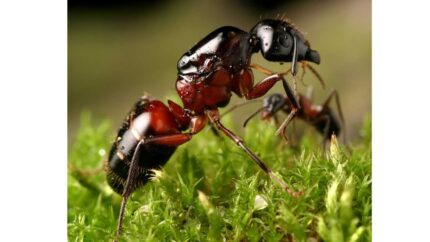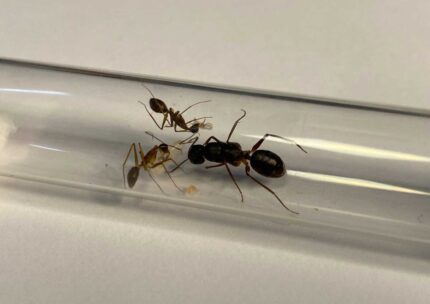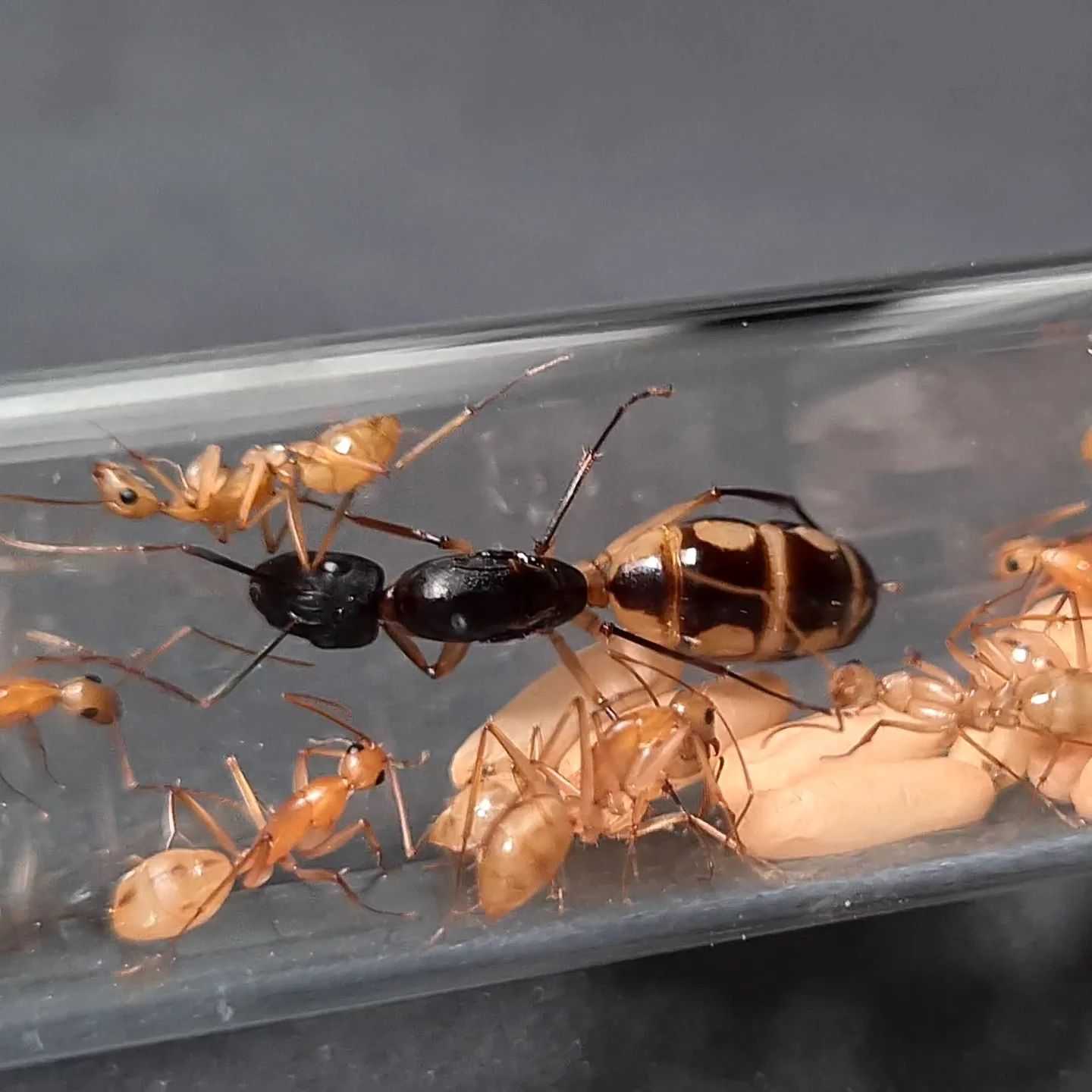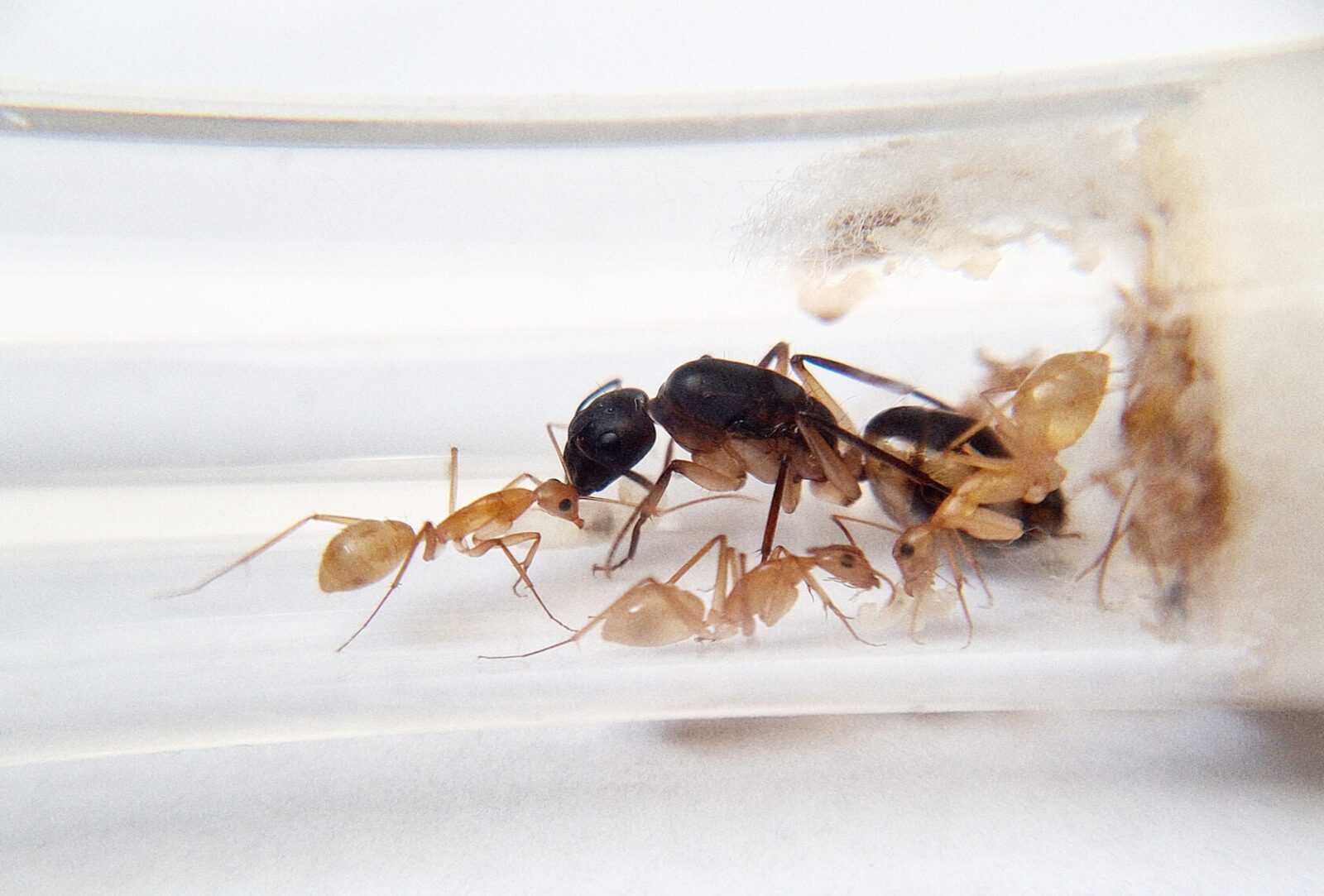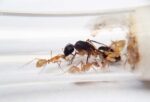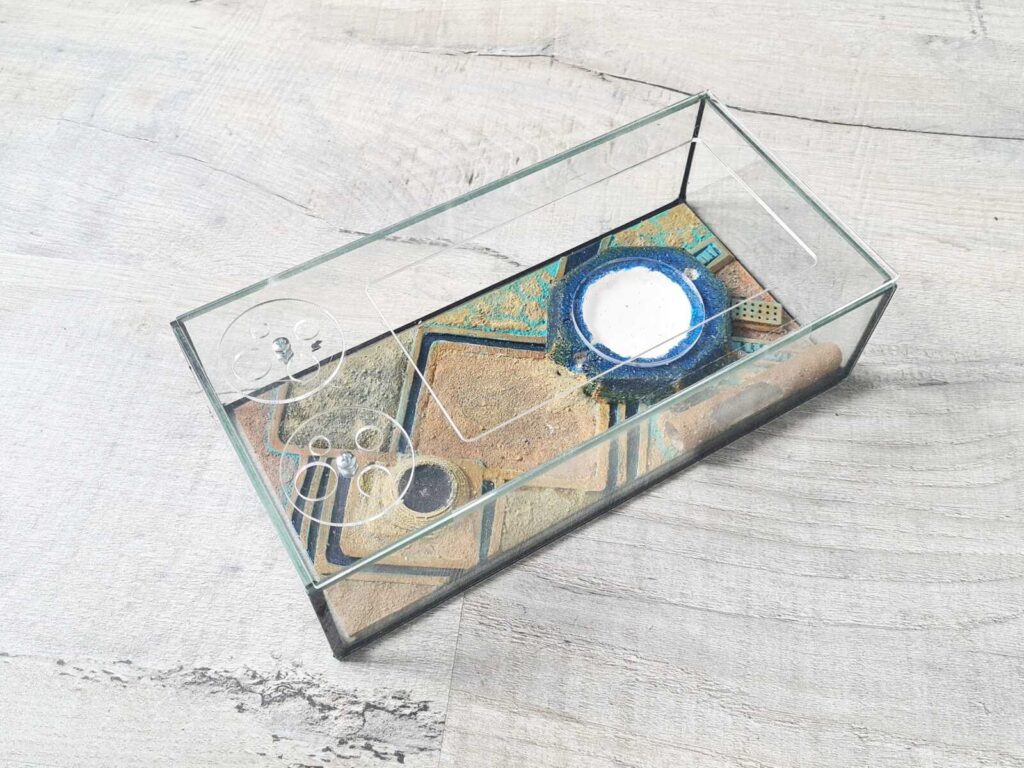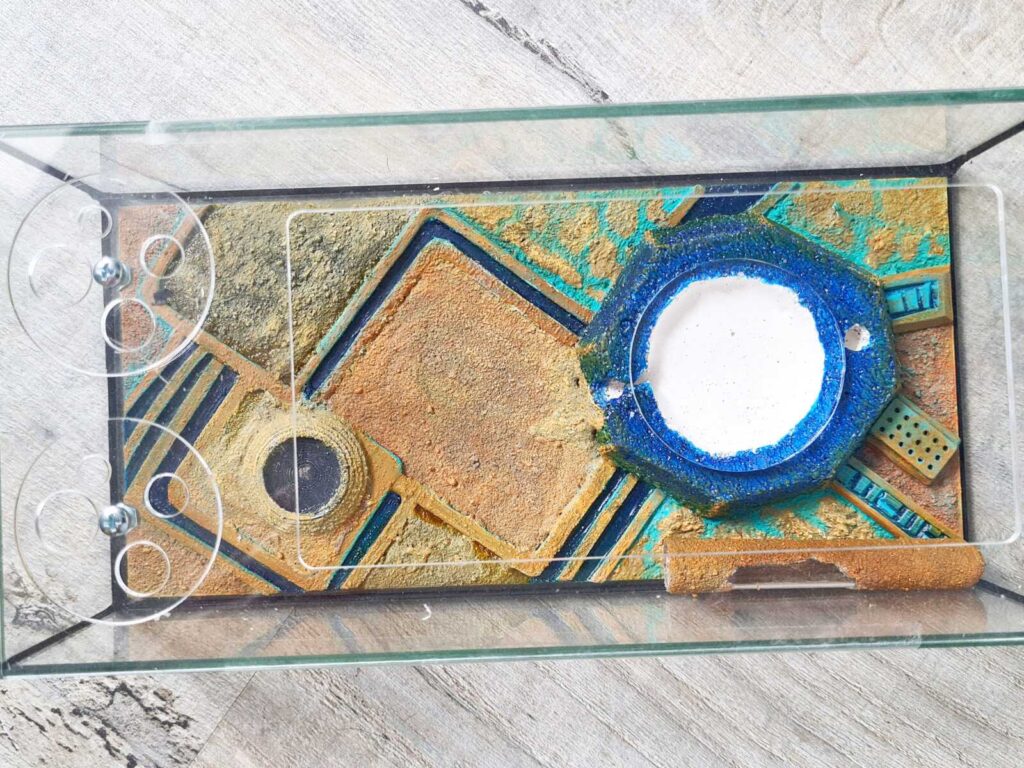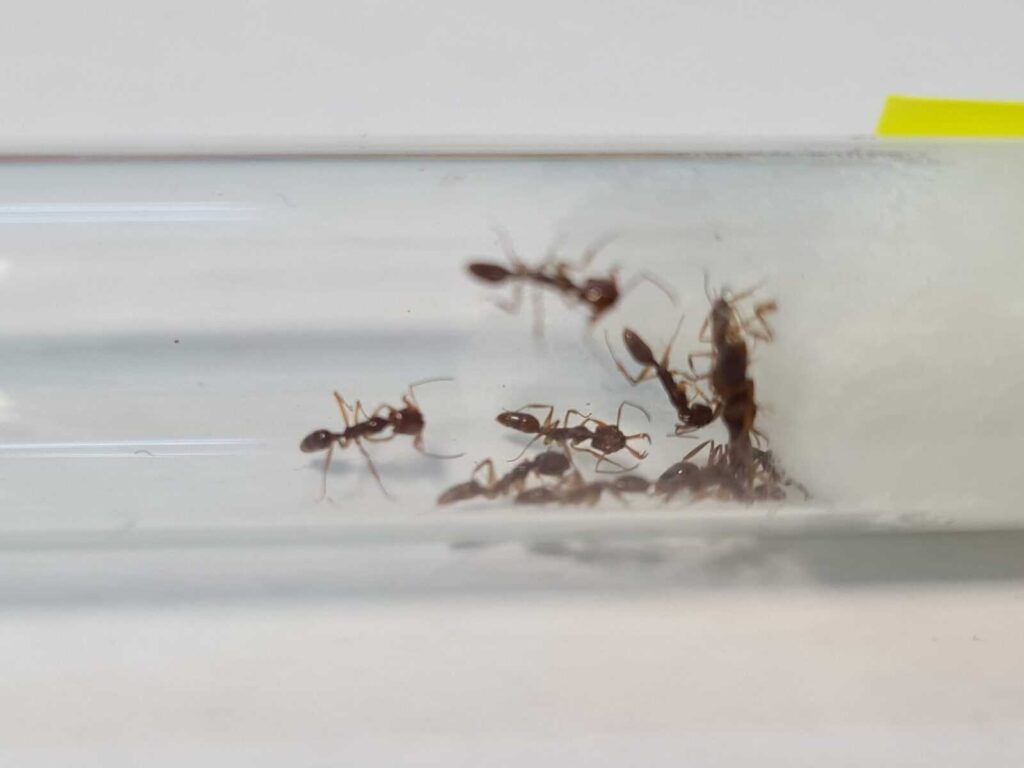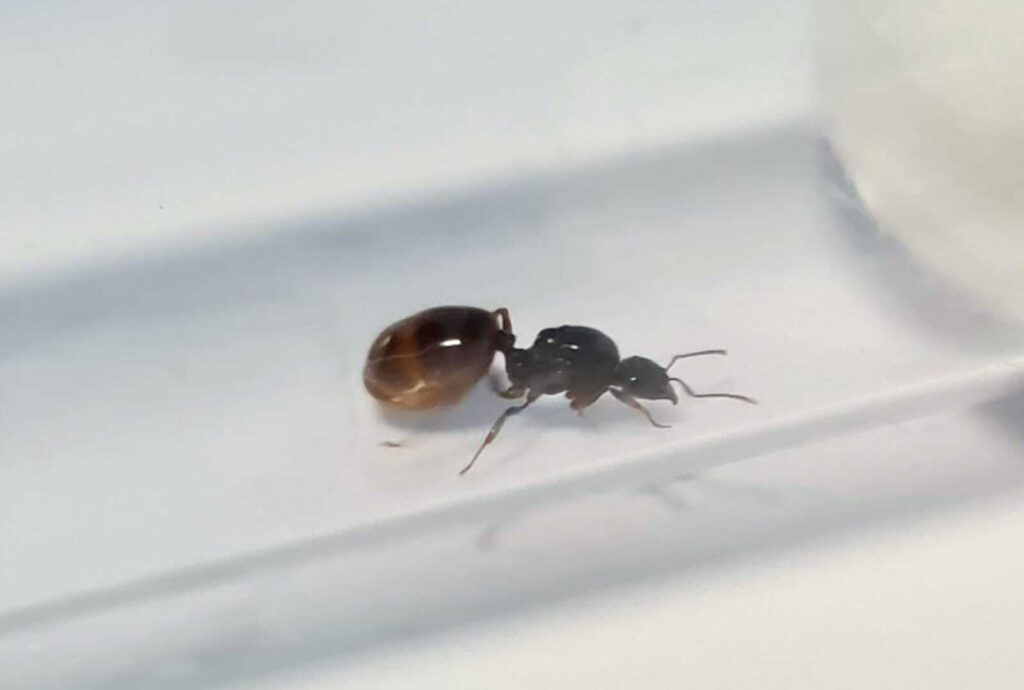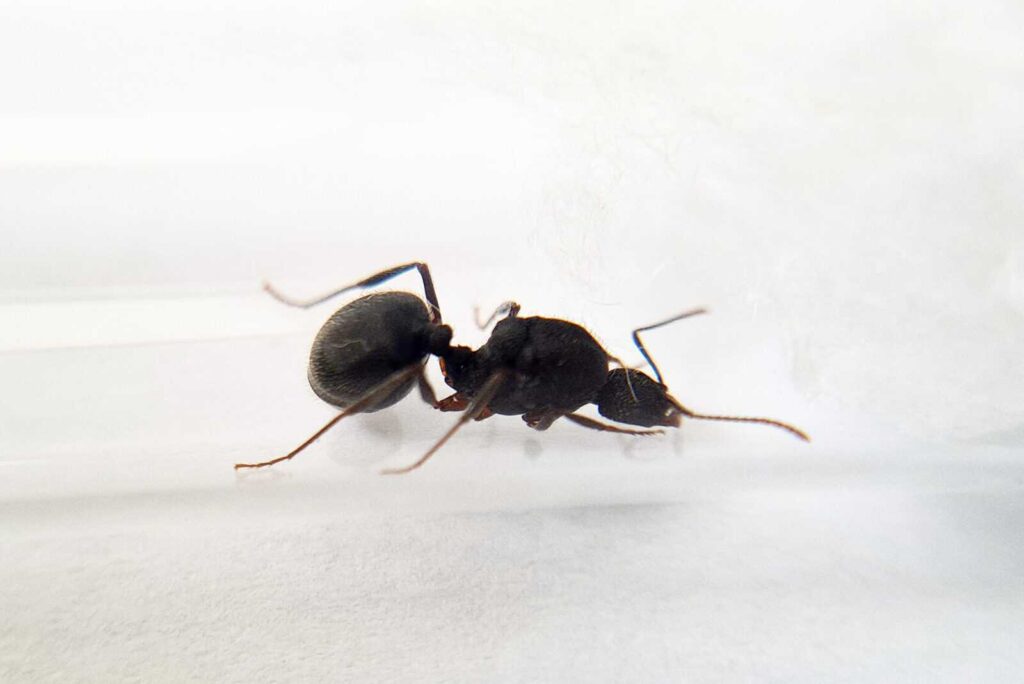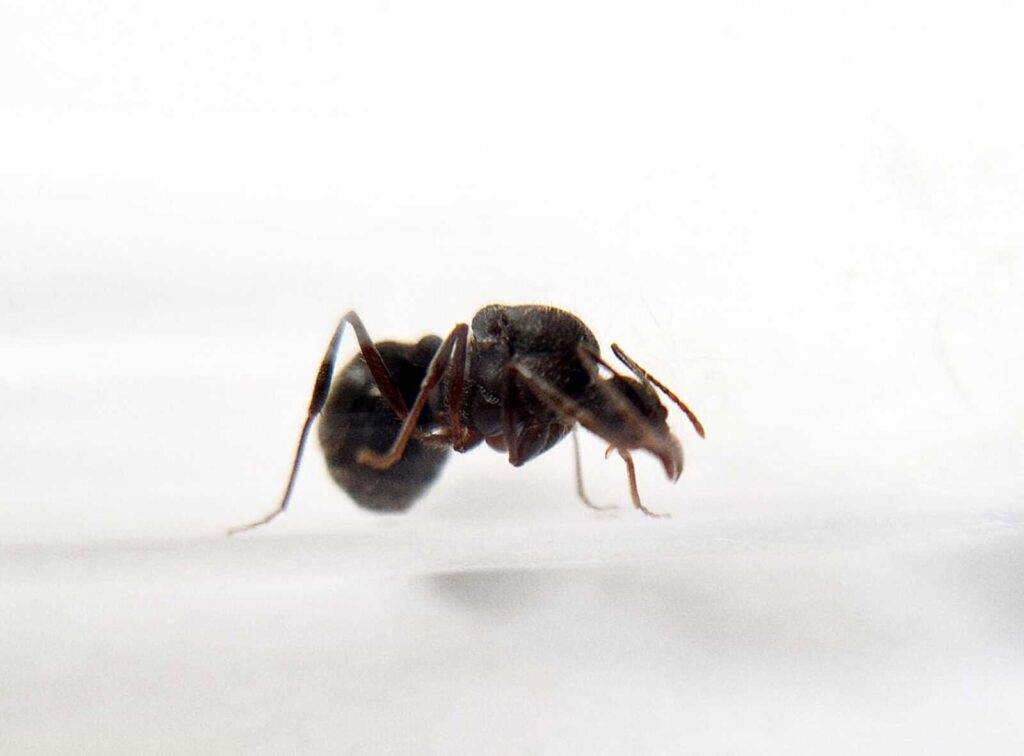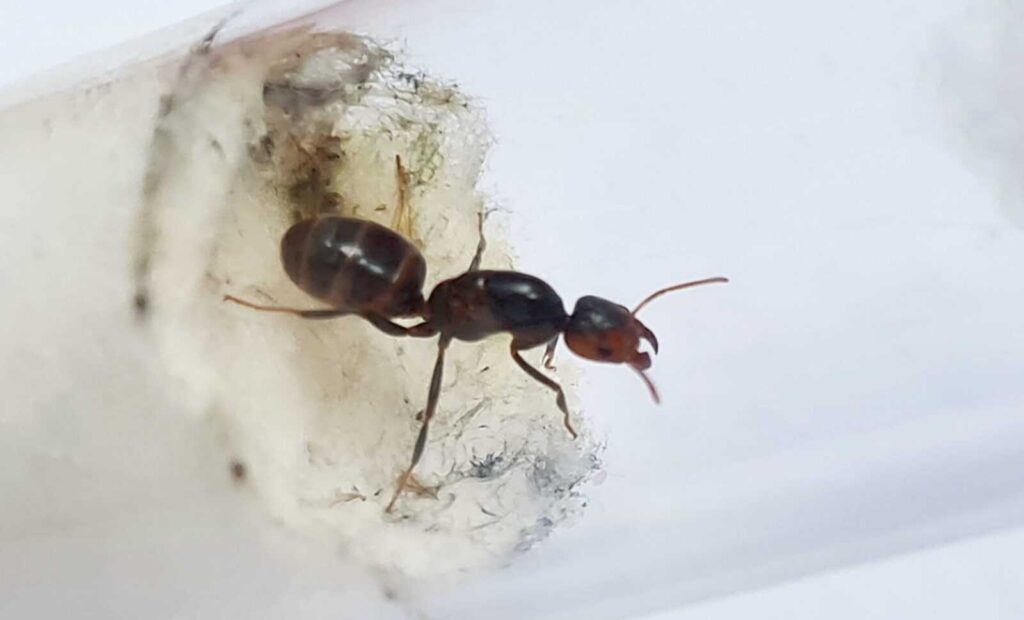Camponotus maculatus
65,47 € – 116,92 €
Worldwide shipping
Free delivery over 500 PLN
The highest quality of goods
Live delivery guarantee
24/7 Personal Support
Fair Prices
Description
Camponotus maculatus is a monogynous ant species with colonies of up to 10,000 workers. They have a fast development speed. The queen measures 15-17mm, workers measure 6-10mm, and majors measure 13-16mm. The ants have a black head and unevenly colored breast and belly. They are fed on food insects and syrup.
Additional information
| Behavior | |
|---|---|
| Difficulty in breeding | |
| Origin | |
| The size of ants | |
| Wintering |
Camponotus maculatus (Spotted Carpenter Ant) – The Active Foragers
Camponotus maculatus, also known as the spotted carpenter ant, is a highly active species of ant that is recognized for its active behavior outside the nest and during foraging. Native to [insert geographical region], this species stands out with its characteristic spotted pattern on the abdomen.
Colony Characteristics
- Colony type: Monogyny
- Colony size: Up to 10,000 workers
- Development speed: Fast
Size
- Queen: 15 – 17mm
- Workers: 6 – 10mm
- Majors: 13 – 16mm
Color: The queen displays a black head, while the breast and belly can vary in light or dark, uneven coloring. Workers exhibit a range of colors, with some having light heads and others having dark heads.
Nutrition
Camponotus maculatus is a versatile feeder and can be provided with various food sources to ensure a balanced diet. Their nutrition includes:
- Food insects (such as cockroaches and crickets) dead, or live if colony is big
- Syrup (a mixture of water and honey or sugar, with a ratio of 4/3 water:1)
- Fruits and vegetables
- Jelly
- Cooked chicken without salt, shrimps
- Honey
Humidity and Temperature
Proper humidity and temperature levels are crucial for the well-being of Camponotus maculatus colonies:
- Arena humidity: 30 – 50%
- Nest humidity: 50 – 60%
- Arena temperature: 18-30 °C
- Nest temperature: 24-28 °C
Recommended Nests for Breeding
When breeding Camponotus maculatus, there are several nest options to consider. The recommended nest materials include:
- Acrylic
- Cork
- Plaster
- Aerated concrete
These materials provide the ants with a suitable environment to establish their nests and promote their overall well-being.
Caring for Camponotus maculatus
Creating an optimal environment for Camponotus maculatus is vital for their health and development. Ensure that the humidity and temperature levels are within the recommended range. Additionally, provide them with a varied diet consisting of food insects, syrup, fruits, vegetables, jelly, and cooked chicken without salt. Regularly observe and maintain the nest to ensure the population’s well-being.
Observing Camponotus maculatus in Action
One of the most fascinating aspects of Camponotus maculatus is their high activity outside the nest and during foraging. You can observe these ants as they navigate their environment, bringing food back to the colony and engaging in various tasks. By setting up an observation area, you can witness the intricate behaviors and social interactions of these ants.
Conclusion
Camponotus maculatus, also known as the spotted carpenter ant, is a captivating species with unique characteristics and behaviors. By providing them with proper care, suitable nesting options, and a diverse diet, you can create an engaging and thriving environment for these ants. Explore the world of Camponotus maculatus and witness their fascinating lives up close. To learn more about ants and their diverse species, check out our ants category on our website.


